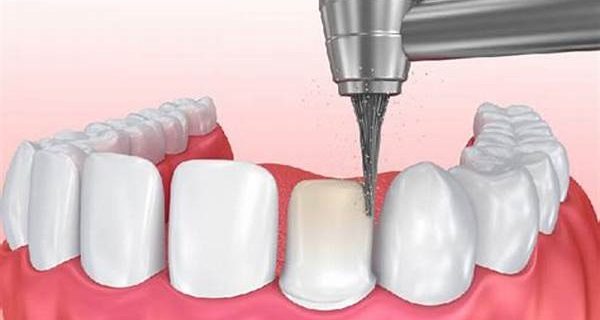Undergoing a wisdom teeth extraction can be an intimidating experience, but proper post-operative care is crucial for a smooth and quick recovery. One of the most frequently asked questions following this procedure is, “How often should I change my gauze?” This article will delve into the details of gauze management after wisdom teeth extraction, providing you with comprehensive guidelines to ensure optimal healing.
Understanding Wisdom Teeth Extraction
Wisdom teeth, or third molars, typically emerge between the ages of 17 and 25. While some individuals experience no issues, many encounter problems such as impaction, crowding, or infection. In such cases, extraction becomes necessary.
This surgical procedure involves removing the wisdom teeth to prevent complications and alleviate pain.
Post-extraction care is essential to minimize discomfort and promote healing. One key aspect of this care involves managing bleeding through the use of gauze. Knowing how often to change your gauze can significantly impact your recovery.
SEE ALSO: What Are The Benefits of Removing Wisdom Teeth
Immediate Post-Operative Care
1. The First 24 Hours
After your wisdom teeth extraction, your dentist will place gauze over the extraction sites to control bleeding and help with clot formation. Initially, you should keep the gauze in place for 30 to 45 minutes. Bite down gently but firmly to apply pressure, which helps in stopping the bleeding.
During the first 24 hours, expect some bleeding and oozing. It’s normal for the gauze to become saturated with blood.
Change the gauze every 30 to 60 minutes or whenever it becomes soaked. If the bleeding is heavy, you may need to change it more frequently, approximately every 20 to 30 minutes.
2. Reducing Bleeding and Swelling
To reduce bleeding and swelling, apply an ice pack to your cheek near the extraction site for 15-20 minutes on and off.
Elevate your head with pillows when lying down to minimize bleeding. Avoid physical activities and avoid drinking from a straw, as the suction can dislodge the blood clot.
Second Day and Onward
1. Gauze Management on the Second Day
By the second day, the bleeding should have significantly reduced. You may not need to use gauze as frequently. However, if there is still some oozing, you can place a new piece of gauze over the extraction site and change it every hour or as needed until the bleeding stops completely.
2. Avoiding Dry Socket
A dry socket occurs when the blood clot at the extraction site dislodges or dissolves before the wound heals. It can cause severe pain and delay the healing process. To prevent this, avoid smoking, drinking through a straw, vigorous rinsing, and spitting for at least 24 hours after the extraction.
3. Maintaining Oral Hygiene
Proper oral hygiene is crucial for healing. Gently rinse your mouth with warm salt water (1/2 teaspoon of salt in 8 ounces of water) after 24 hours to keep the extraction site clean. Avoid brushing directly over the extraction sites for the first few days. Resume brushing your teeth carefully, avoiding the surgical areas.
When to Stop Using Gauze
Generally, you can stop using gauze once the bleeding has completely stopped, which is typically within the first 24 to 48 hours. If bleeding persists beyond this period, it is important to contact your dentist as it could indicate a complication.
Signs of Complications
1. Excessive Bleeding
If you experience excessive bleeding that doesn’t subside after 48 hours, contact your dentist immediately. This could be a sign of an underlying issue that requires professional attention.
2. Persistent Pain
Some discomfort and swelling are expected after wisdom teeth extraction, but severe or prolonged pain may indicate an infection or dry socket. Consult your dentist if the pain is unmanageable or worsens over time.
3. Infection
Signs of infection include increased swelling, redness, pus discharge, and fever. If you suspect an infection, seek prompt dental care to avoid further complications.
Additional Tips for a Smooth Recovery
1. Diet and Hydration
Stick to a soft diet for the first few days after the extraction. Avoid hot, spicy, or crunchy foods that can irritate the surgical sites. Drink plenty of fluids, but avoid using a straw.
2. Pain Management
Your dentist may prescribe pain medication or recommend over-the-counter pain relievers. Follow the prescribed dosage and schedule to manage discomfort effectively.
3. Follow-Up Visits
Attend any scheduled follow-up appointments with your dentist. These visits allow your dentist to monitor your healing progress and address any concerns you may have.
Conclusion
Proper gauze management is a critical aspect of post-operative care following wisdom teeth extraction. Changing your gauze regularly, particularly within the first 24 hours, helps control bleeding and promotes healing. By adhering to these guidelines and maintaining good oral hygiene, you can ensure a smooth recovery and reduce the risk of complications. If you encounter any issues or have concerns about your recovery, do not hesitate to contact your dentist for professional advice and support.

